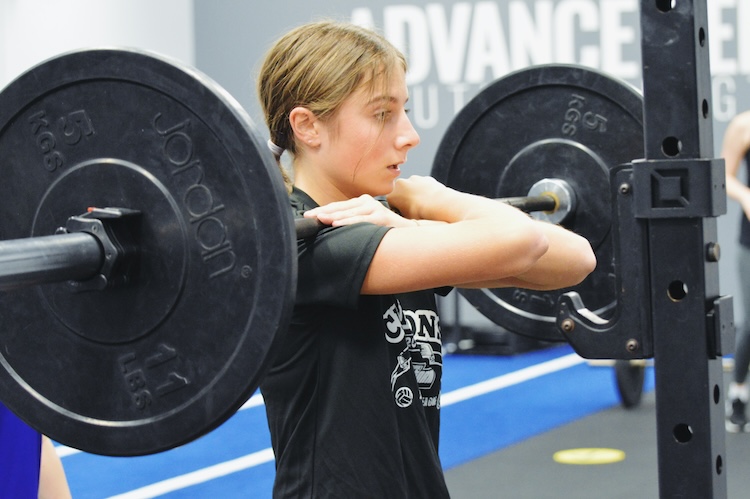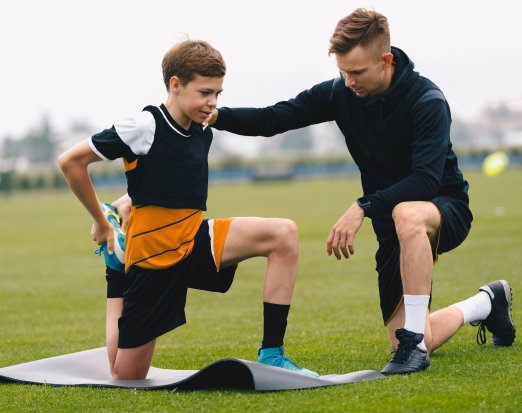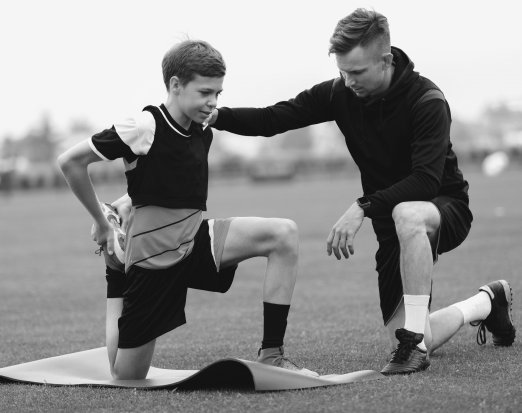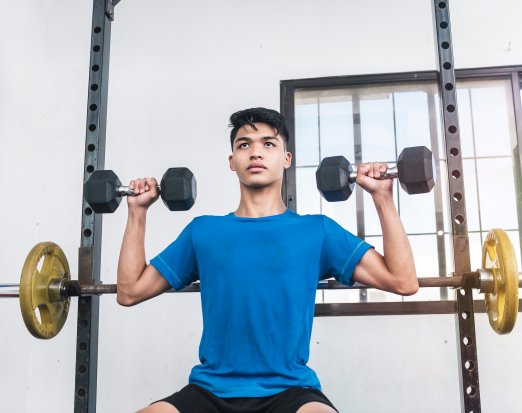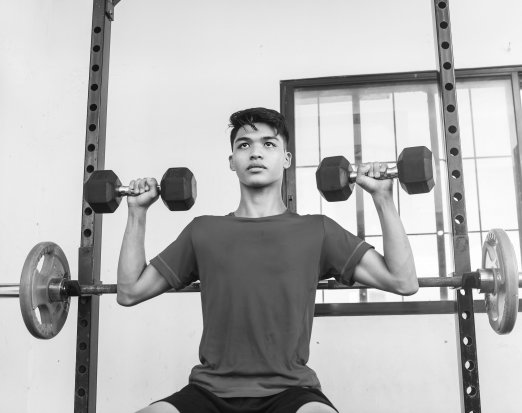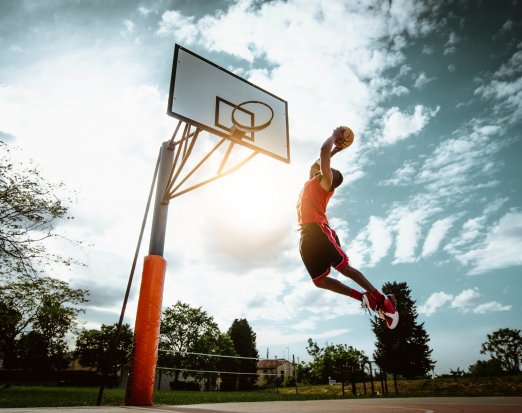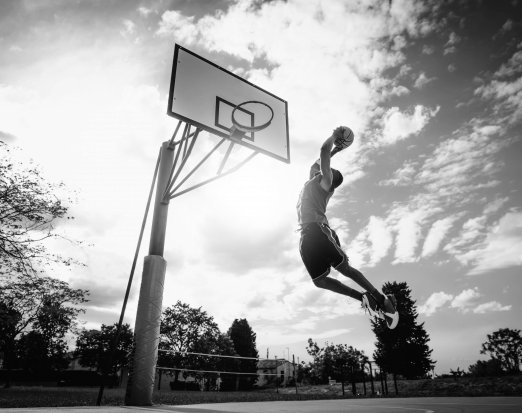Youth Strength Training for Athlete Wellbeing
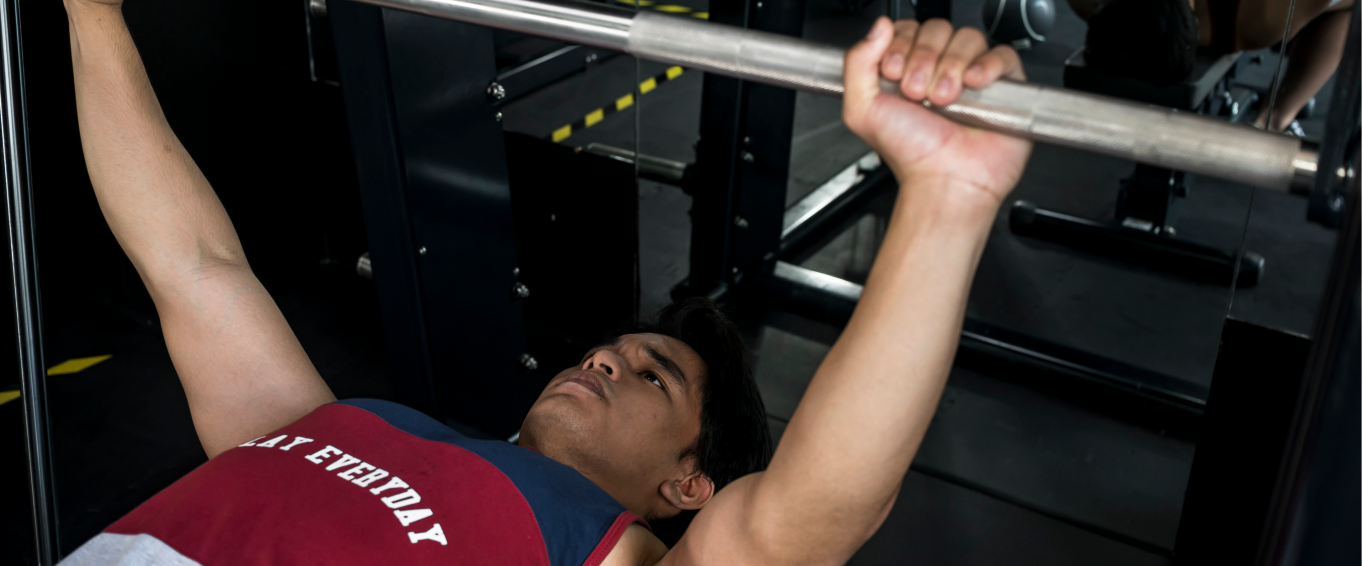
It is well established that youths should engage in regular physical activity, with the Government guidelines recommending that individuals aged between 5 – 18-years-old should aim for at least 60-minutes per day. The guidelines promote a wide range of activities, including, general play, walking, running, cycling and even active travel, to name a few. They also suggest that the activities should be performed throughout the day, with enough effort so that breathing rate is faster, and you feel warmer (sometimes referred to as moderate-vigorous physical activity) (2). Unfortunately, many youths are missing this daily target, with reports showing that sedentary lifestyles are quickly growing (1, 6, 8, 9). As 5 – 18-years-old is an extremely wide age range, we need to look at this timeline and try to potentially identify drop-off rates. It seems that children’s peak activity rates are around the age of 6-years-old, with a clear decrease of physical activity as children get older, into their teens (19).
Physical Activity Levels in Youths – Sport and an Active Life
This is a major concern as physical activity levels help to develop fundamental movement skills in younger children along with social interactions (11). As youths grow, regular physical activity can also help to develop other physical capacities – for example, strength, coordination, mobility, which should all be viewed as a part of a long-term athlete development framework. Furthermore, as our youth’s activity levels are declining so is their overall health. In conjunction with lower physical activity levels, youths are consuming more ultra-processed and processed food, high-sugary foods, including sugary-drinks (15, 20) all leading to a rapid decrease in health and wellbeing. With more and more youths being at risk of being in poor health, leading to being overweight or obese, this will exaggerate the challenge of them adopting active lifestyles and perhaps starting or trying a new sport.
Understanding that youths are becoming less active after the age of six-years-of-age, this is having an accumulative decrement on their fitness and physical development, especially strength and coordination is clearly a major concern. Most if not all long-term athletic frameworks stress the importance of developing strength throughout the different ages and phases of maturation (14, 10) - in the early stages, strength and coordination are highly entangled to help with motor skills and co-activation strategies. To emphasise this, a study reported a correlation between aerobic fitness and strength levels. Youths with higher aerobic fitness but low muscular strength levels were more at risk of developing musculoskeletal fractures (3). Therefore, as our youths are not gaining the desired strength/coordination developmental from play and activities, we need to consider the training modes to help them prepare for an active and sporty life.
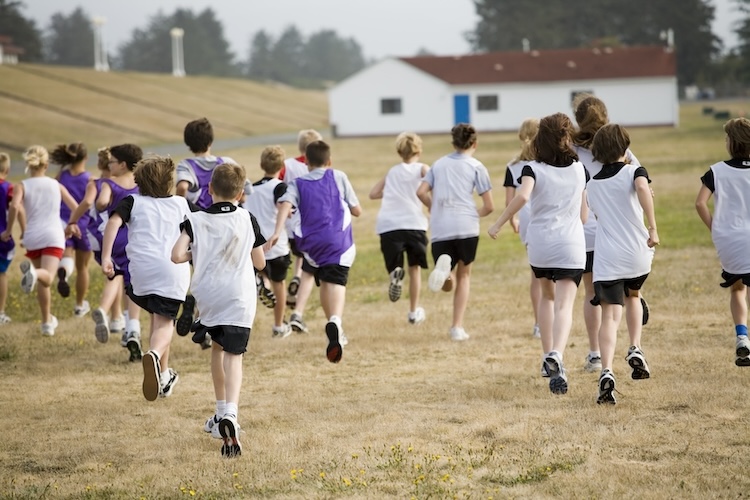
Physical education curriculums and frameworks are aimed to develop the movements skills in younger children, which is clearly beneficial. These movement skills should be the base for further physical development, and not for sport preparation (remember that sports have a clear demand - sports preparation). If the older youths have been less active in their earlier development, these youths are clearly not prepared for competitive sports. Furthermore, we tend to consider aerobic-type training for less fit youths, especially if they are verging towards or are overweight as previously mentioned, studies show youths who are unconditioned, overweight, or are lacking motor skills are more likely to sustain an injury (13). We need to appreciate that not all youths enjoy aerobic-type training, for example, long-distance running, additionally, they may lack the confidence to participate – we need to investigate what type of training they would like to try to make it a positive experience.
It is clear that older youth’s active levels are declining, which is directly affecting their strength (7). We need to consider activities and modes of training that target a wide range of physical capacities and motor skills and be careful not to fall into the trap that fitness is mostly aerobic or endurance. Not that aerobic fitness isn’t important, but the challenge here is to attract more youths to try activities with long-term compliance, that also help to improve their strength in preparation in trying other activities and hopefully sports – consider strength/coordination as a prerequisite to other sports and activities and is a highly trainable quality!
Strength Training for Youth Wellbeing
Interestingly there are signs indicating strong compliance and adherence rates when youths, especially overweight and obese individuals, are introduced to strength and motor skill training (17). This sort of makes intuitive sense, as overweight youths may do well when performing strength training, which ultimately increases their confidence (4). Furthermore, there is strong evidence suggesting that regular strength training will improve their absolute strength, motor skills, balance, and coordination. Additionally, regular strength training can alter body composition (5, 12) and regulate insulin levels (16). Clearly, dietary, eating habits, lifestyle and support will be required alongside regular strength training, but finding a mode of physical activity that youths enjoy must be considered.
In a review aimed at schools to consider implementing strength and conditioning as an option for youths, not only as a training to improve the physical capacities and motor skills in preparation for sports, but also a mode of training to enhance overall health and wellbeing (18). As the authors suggested in the review, schools are ideally positioned to promote strength and conditioning to their pupils, not just to their athletes, but as a health-related programme. Motor skill training can be delivered as warm-ups before traditional PE lessons, but also strength training classes and workshops could be offered as after-school sessions.
Summary
The evidence is informing us that our youth’s strength levels are declining, which is extremely concerning, as strength seems to be a catalyst to the fundamental movement skills, and other physical attributes – sprinting, jumping, agility, and power. All long-term development models highlight the importance of developing strength throughout the ages of phases of maturation.
We have a great opportunity to inspire youths by allowing them to try different modes of training, including strength training, circuit training, and eventually power training, with the aims to develop motor skills, social inclusion, and confidence.
If the youths are telling us that they enjoy strength training and it helps with overall fitness and confidence, and may help to be a facilitator to long-term lifestyle changes……what are we waiting for?
Youth Strength & Conditioning Platform for Schools, Sport Clubs, and Academies.
Our platform helps to deliver effective training and tracks athletic progress and development, with the core objectives of reducing the risk of injuries and to promote both sport readiness and performance. The platform’s features include -
- Strength and conditioning tests and dashboard to monitor and compare athlete metrics
- Athlete app - athletes can discover new exercises and train independently
- Track data - monitor athlete’s training loads, RPE, and training adherence
- Reports - simply create squad, team, and individual athlete reports
- Full curriculum - follow a strength and conditioning curriculum with a library of session plans
References
- Al-Nakeeb, Y., Lyons, M., Collins, P., AlNuaim, A., Al-Hazzaa, H., Duncan, M.J., & Nevill, A. (2012). Obesity, physical activity, and sedentary behaviour amongst British and Saudi youth: A cross-cultural study. International Journal of Environmental Research & Public Health, 9, 1490 – 1506.
- Chief Medical Officers (2019). Physical activity for children and young people (5-18 years). https://assets.publishing.service.gov.uk/government/uploads/system/uploads/attachment_data/file/1054...
- Collins, H., Booth, J.N., Duncan, A., Fawkner, S., & Niven, A. (2019). The effect of resistance training interventions on ‘the self’ in youth: A systematic review and meta-analysis. Sports Medicine, 5, 1 – 14.
- Collins, H., Fawkner, S., Booth, J.N., & Duncan, A. (2018). The effect of resistance training interventions on weight status in youth: a meta-analysis. Sports Medicine, 4, 1 – 16.
- Corder, K., Sharp, S.J., Atkin, A.J., Griffin, S.J., Jones, A.P., Ekelund, U., & van Sluijs, E.M. (2013). Change in objectively measured physical activity during the transition to adolescence. British Journal of Sports Medicine, 49, 730 – 736.
- Farooq, M.A., Parkinson, K.N., Adamson, A.J., Pearce, M.S., Reilly, J.K., Hughes, A.R., Janssen, X., Basterfield, L., & Reilly, J.J. (2016). Timing of the decline in physical activity in childhood and adolescence: Gateshead millennium cohort study. British Journal of Sports Medicine, 52, 1002 – 1006.
- Guinhouya, B.C., Samouda, H., & de Beaufort, C. (2013). Level of physical activity among children and adolescents in Europe: A review of physical activity assessed objectively by accelerometery. Public Health, 127(4), 301 – 311.
- Lubans, D.R., Morgan, P.J., Cliff, D.P., Barnett, L.M., & Okely, A.D. (2010). Fundamental movement skills in children and adolescents. Review of associated health benefits. Sports Medicine, 40(12), 1019 – 1035.
- McGuigan, M.R., Tatasciore, M., Newton, R.U. & Pettigrew, S. (2008). Eight weeks of resistance training can significantly alter body composition in children who are overweight or obese. Journal of Strength & Conditioning Research, 22(6), 1 – 6.
- McHugh, M.P. (2009). Oversized young athletes: A weighty concern. British Journal of Sports Medicine, 44, 45 – 49.
- Rauber, F., da Costa-Louzada, M.L., Steele, E.M., de Rezende, L.F.M., Millett, C., Monteiro, C.A., & Levy, R.B. (2019). Ultra-processed foods and excessive free sugar intake in the UK: a nationally representative cross-sectional study. British Medical Journal, 9, 1 – 11.
- Shaibi, G.Q., Cruz, M.L., Ball, G.D., Weigensberg, M.J., Salem, G.J., Crespo. N.C., & Goran, M.I. (2006). Effect of resistance training on insulin sensitivity in overweight Latino adolescents’ males. Medicine Science in Sports & Exercise, 38(7), 1208 – 1215.
- Sothern, M.S., Loftin, M., Udall, J.N., Suskind, R.M., Ewing, T.L., Tang, C., & Blecker, U. (1999). Inclusion of resistance exercise in a multidisciplinary outpatient treatment program for preadolescent obese children. Southern Medical Journal, 92(6), 585 – 592.
- Till, K., Bruce, A., Green, T., Morris, S., Boret, S., & Bishop, C. (2021). Strength and Conditioning in Schools: A Strategy to Optimise Health, Fitness and Physical Activity in Youths. British Journal of Sports Medicine, 56(9), 479 – 480.
- Tudor-Locke, C., johnson, W.D., & Katzmarzyk, P.T. (2010). Accelerometer-determined per day in US children and youth. Medicine and Science in Sports and Exercise, 42(12), 2244 – 2250.
- Wang, L., Steele, E.M., Du, M., Pomeranz, J.L., O’Conner, L.E., Herrick, K.A., Luo, H., Zhang, X., Mozaffarian, D., Zhang, F.F. (2021). Trends in consumption of ultra-processed food among US youths aged 2 – 19 years, 1999 – 2018. JAMA, 326(6), 519 – 530.
- Faigenbaum, A.D., MacDonald, J.P., & Haff, G.G. (2019). Are young athletes strong enough for sport? Dream on. The American College of Sports Medicine, 18(1), 6 – 8.
- Clark, E.M., Tobias, J.H., Murray, L., & Boreham, C. (2011). Children with low strength are at an increased risk of facture with exposure to exercise. The Journal of Musculoskeletal and Neuronal Interactions, 11(2), 196 – 202.
- Pichardo, A.W., Oliver, J.L., Harrison, C.B., Maulder, P.S., & Lloyd, R.S. (2018). Integrating models of long-term athletic development to maximise the physical development of youth. Sports Science & Coaching, 13(6), 1189 – 1199.
- Llyod, R.S., Oliver, J.L., Faigenbaum, A.D., Howard, R., De Ste Croix, M.B., Williams, C.A., Best, T.M., Alvar, B.A., Micheli, L.J., Thomas, D.P., Hatfield, D.L., Cronin, J.B., & Myer, G.D. (2015). Long-term athletic development – Part 1: A pathway for all youth. The Journal of Strength & Conditioning Research, 29(5), 1439 – 1450.
